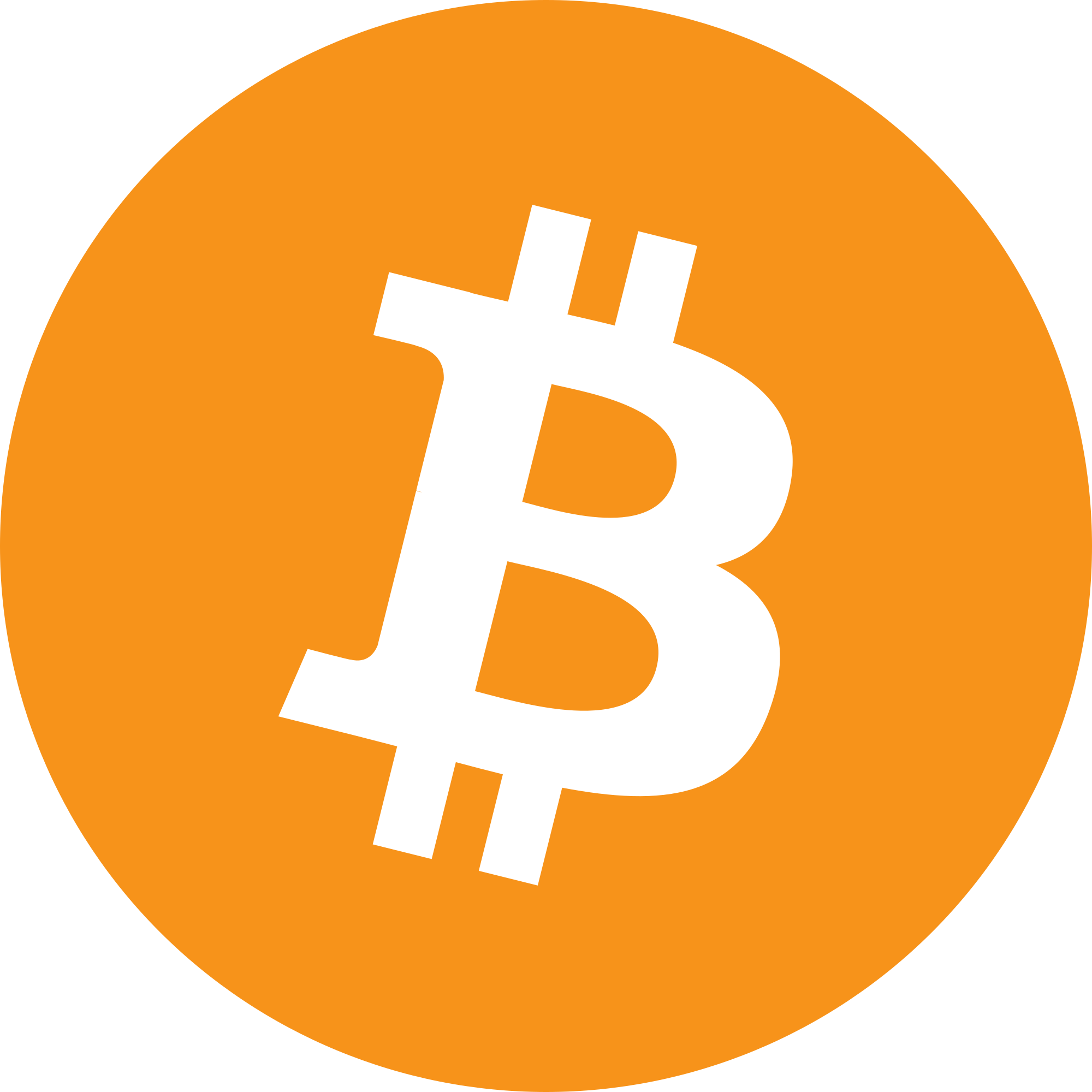The Markets in Crypto-Assets Regulation (MiCA) is an initiative proposed by the European Union to establish a comprehensive regulatory framework for cryptocurrencies and digital assets. While the United States has been actively monitoring the crypto space, the question arises as to whether the USA needs a similar regulatory framework like MiCA. This article explores the potential benefits and challenges associated with implementing such regulations in the US context.
One of the primary arguments in favor of implementing a regulatory framework similar to MiCA in the USA is the need for consumer protection. Cryptocurrencies and digital assets have gained significant popularity, attracting both retail investors and institutions. However, the lack of clear regulations leaves investors vulnerable to fraud, market manipulation, and other illicit activities. A comprehensive framework, like MiCA, could provide safeguards for investors, promote market transparency, and reduce the risks associated with the rapidly evolving crypto market.
Another key aspect to consider is the potential for regulatory clarity and harmonization. The current regulatory landscape in the USA is fragmented, with different agencies having varying interpretations and approaches towards cryptocurrencies. This lack of consistency creates uncertainty for market participants and inhibits innovation. By introducing a unified regulatory framework, the USA could enhance legal certainty, promote innovation, and provide a level playing field for businesses operating in the crypto space.
Furthermore, the implementation of a regulatory framework similar to MiCA could help address concerns related to money laundering and terrorist financing. Cryptocurrencies offer certain advantages for illicit actors due to their pseudonymous nature and global accessibility. Robust regulations could introduce stricter Know Your Customer (KYC) and Anti-Money Laundering (AML) measures, thereby increasing transparency and making it more difficult for illicit activities to thrive within the crypto ecosystem.
However, there are also valid concerns and challenges associated with implementing regulations like MiCA in the USA. One concern is the potential stifling of innovation. The US has been at the forefront of technological advancements and entrepreneurial spirit, and excessive regulations could hinder the growth of the crypto industry. Striking a balance between regulation and innovation is crucial to foster a vibrant and responsible crypto ecosystem.
Lastly, the USA should also carefully consider the global competitiveness of its crypto industry. While regulation can provide stability and consumer protection, it is essential to avoid creating a regulatory environment that is overly burdensome and discourages businesses from operating within the country. Striking the right balance between regulation and fostering innovation is key to ensure that the USA remains a hub for crypto innovation and attracts investment and talent.
While the USA is actively monitoring the crypto space, the implementation of a regulatory framework similar to MiCA deserves careful consideration. Such regulations could provide consumer protection, promote market transparency, and address concerns related to illicit activities. However, striking a balance between regulation and innovation, as well as ensuring global competitiveness, is crucial to creating an effective regulatory environment for the crypto industry in the USA.

